Content Organization: Peter_Techub News
Source of Article: Bill Qian YouTube Blogger
The Path to Asset Preservation Through Historical Reflection
In the latest episode of "Bill It Up Memo," the program delves into the harsh realities of wealth protection during turbulent times in human history. By examining real cases such as Jewish families during World War II, the Nomura Group in Japan, and Winston Churchill's investment mistakes, five core principles are distilled to help viewers understand how to transfer assets and seek survival during chaotic periods. The program emphasizes that in the 3,500 years of recorded human history, there have only been about 300 years without war; chaos is the norm, while peace is the exception. So, when war breaks out, how should we protect our wealth? Today, let’s turn to history and see how people have transferred wealth and sought survival through repeated turmoil.
The program begins with historical data, pointing out that peaceful periods account for only about 8% of history, and wealth preservation during chaos often depends on proactive planning and decisive action. From Jewish families fleeing during World War II to Nazis remitting money to South America, and the real estate shifts of Japanese conglomerates, these stories reveal survival wisdom under geopolitical risks.
Principle One: Choose the Right Location (Location! Location! Location!)
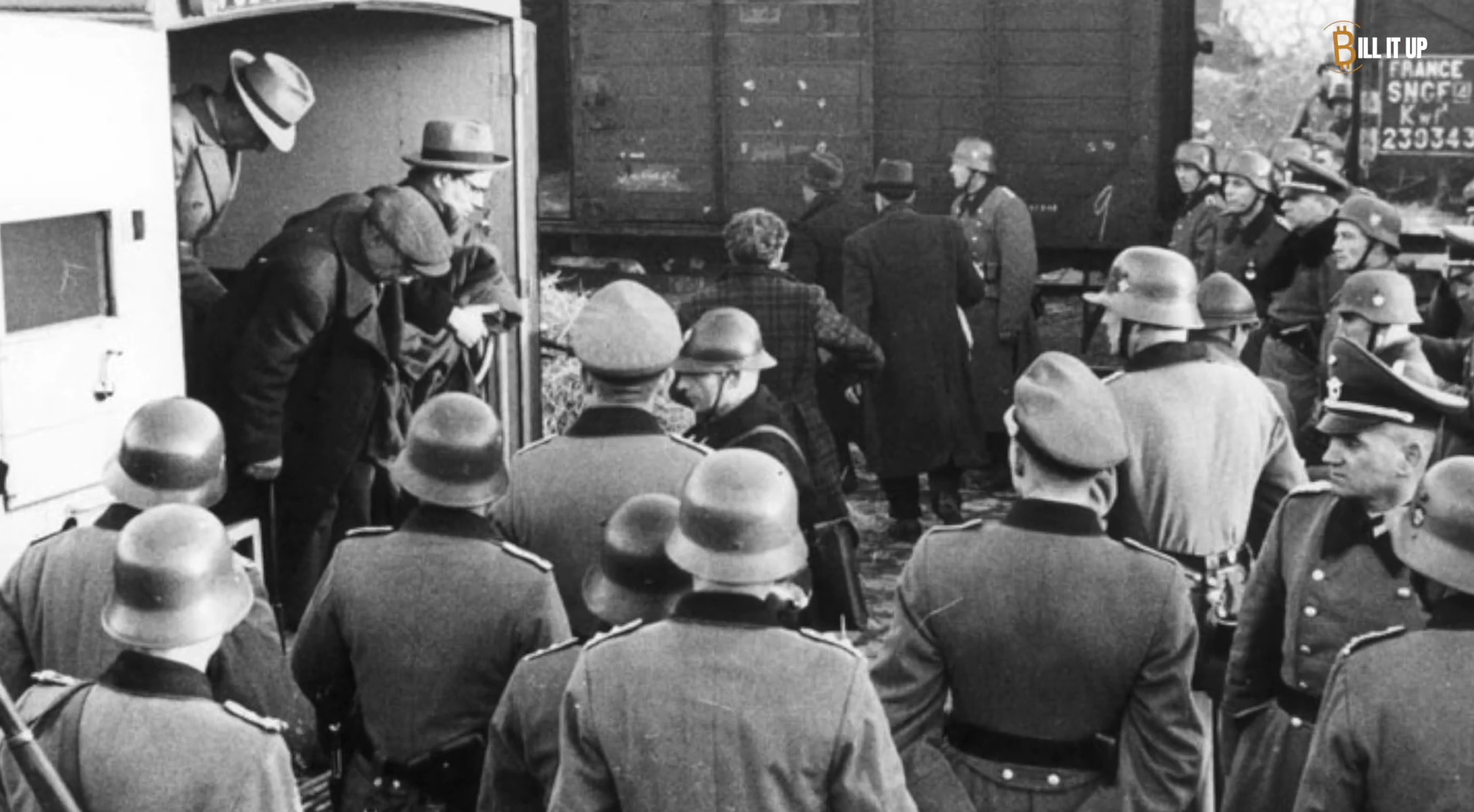
The first point is akin to buying a house: choose the right location. If you pick the wrong place during chaotic times, you could lose everything, or worse, face dire consequences. The program shares a case of a Jewish family that split into two groups during World War II; one group fled to France and was ultimately wiped out as the Nazis occupied the entire country and sent them to concentration camps. In contrast, another group escaped to neutral Portugal and survived. Another contrasting example is from 1943, when many Nazis began secretly remitting money to South America. This decision was correct at the time, as South America was largely unaffected by the war. Of course, many Nazis later faced reckoning in Latin America, but that’s another story.
This principle highlights the decisive role of geographical location in crises, with neutral or uninvolved areas often becoming key safe havens.
Principle Two: Observe the Small Signs and Think Big Picture
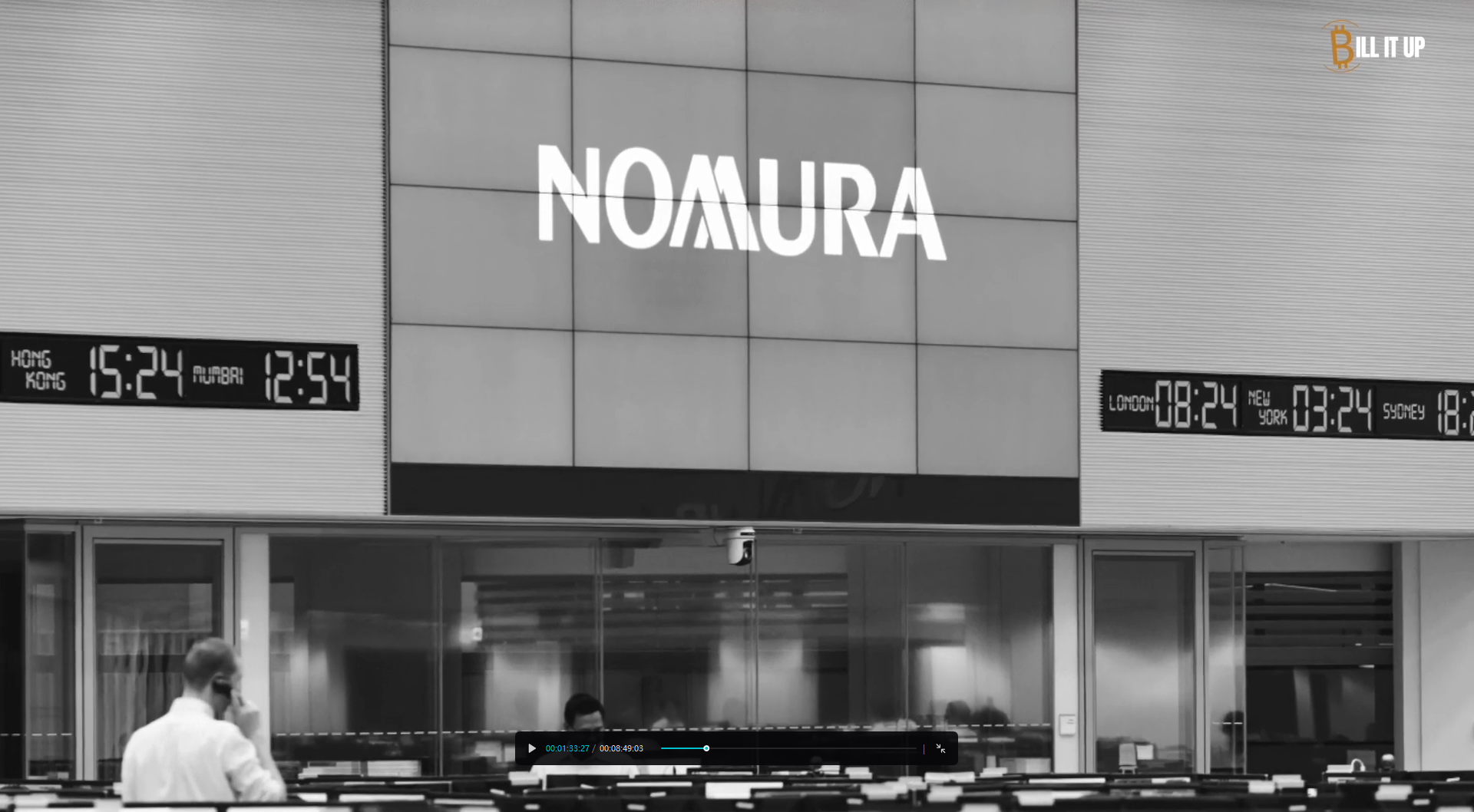
The second important point is that when you find yourself in a predicament, you must observe small signs and think about the larger trends. There’s a case from Japan in 1942 when Nomura Securities was already a major conglomerate. They sensed a downturn due to food shortages and the gradual confiscation of property around the Imperial Palace. Despite newspapers and radio broadcasting good news, they felt something was amiss. They had connections in the geisha community, where many of their acquaintances were Japanese Navy officers or pilots. After the Coral Sea and Midway battles, these officers never returned. Thus, they began to suspect that the media's portrayal of those battles was not as victorious as claimed. The Nomura family gradually sensed the impending crisis and started selling their stocks, even shorting them. However, as a Japanese conglomerate, they couldn’t allocate assets to the victorious nations since the U.S. had frozen Japanese assets. They asked themselves what could be retained for post-war reconstruction if they lost. They concluded that land might be the best store of value. Consequently, Nomura began acquiring commercial and residential real estate. After the war, they quickly rebounded using this capital, and their assets saw significant growth. Nomura eventually became one of Japan's leading conglomerates.
Another example from Germany in 1930 shows that many Jewish noble families were filled with trust in the state, believing they were Germans and that the storm would soon pass. They had assets, status, and social recognition, feeling no urgency to leave their homeland. Ultimately, their judgment was completely shattered by reality. After the Nazis came to power, Germany imposed stricter controls on foreign exchange and levied high taxes on asset transfers. By the time of Kristallnacht in 1938, more people realized they had to leave, but by then, it was nearly impossible to do so; visas were hard to obtain, and funds were frozen, leaving many trapped within the borders. This historical segment reminds us that when you feel the situation is deteriorating but are still hesitating about whether to leave, it may be the last moment you have a choice.
The program warns through these cases that grassroots signals often precede official narratives, and capturing the larger trend early can help pivot assets to preservation tools like land.
Principle Three: Diversify Your Holdings, Avoid All In
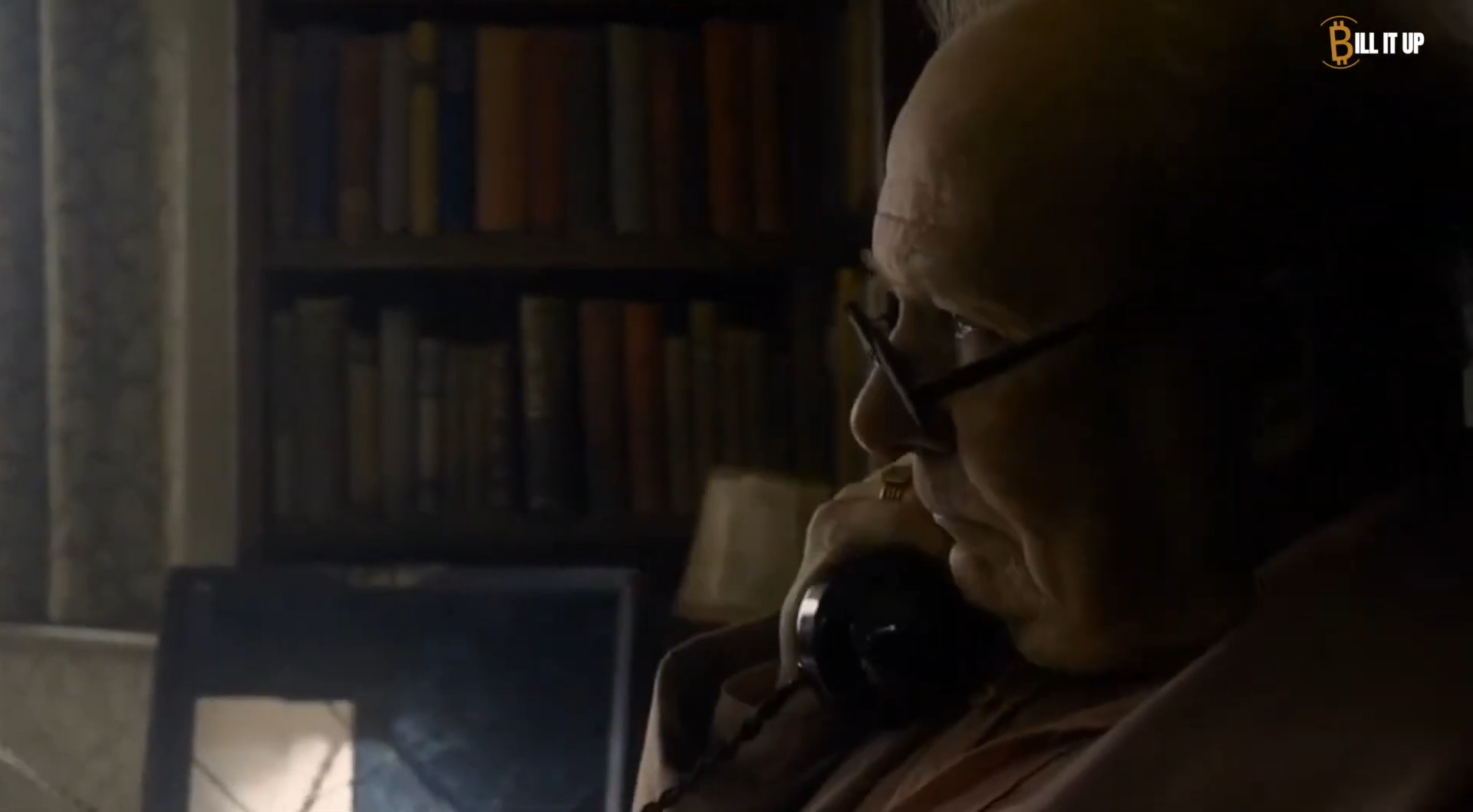
The third point is to embrace the idea of diversification. In chaotic times, I believe we should follow Ray Dalio's advice and never go "all in." In 1937, Churchill was attracted by the U.S. bull market, borrowing heavily to go long, only to face a margin call. He later repaid his leveraged losses through continuous writing and publishing. Especially today, the average lifespan of companies in the S&P 500 has shrunk from 35 years in the 1950s to just 10-15 years now; the landscape changes rapidly. In such a fast-changing era, it’s nearly impossible for 99% of investors to outperform the index by choosing individual investments.
Churchill's margin call serves as a lesson, combined with contemporary index changes, emphasizing the necessity of diversified investments in uncertain times.
Principle Four: Awareness of Self-Custody and Third-Party Custody Risks
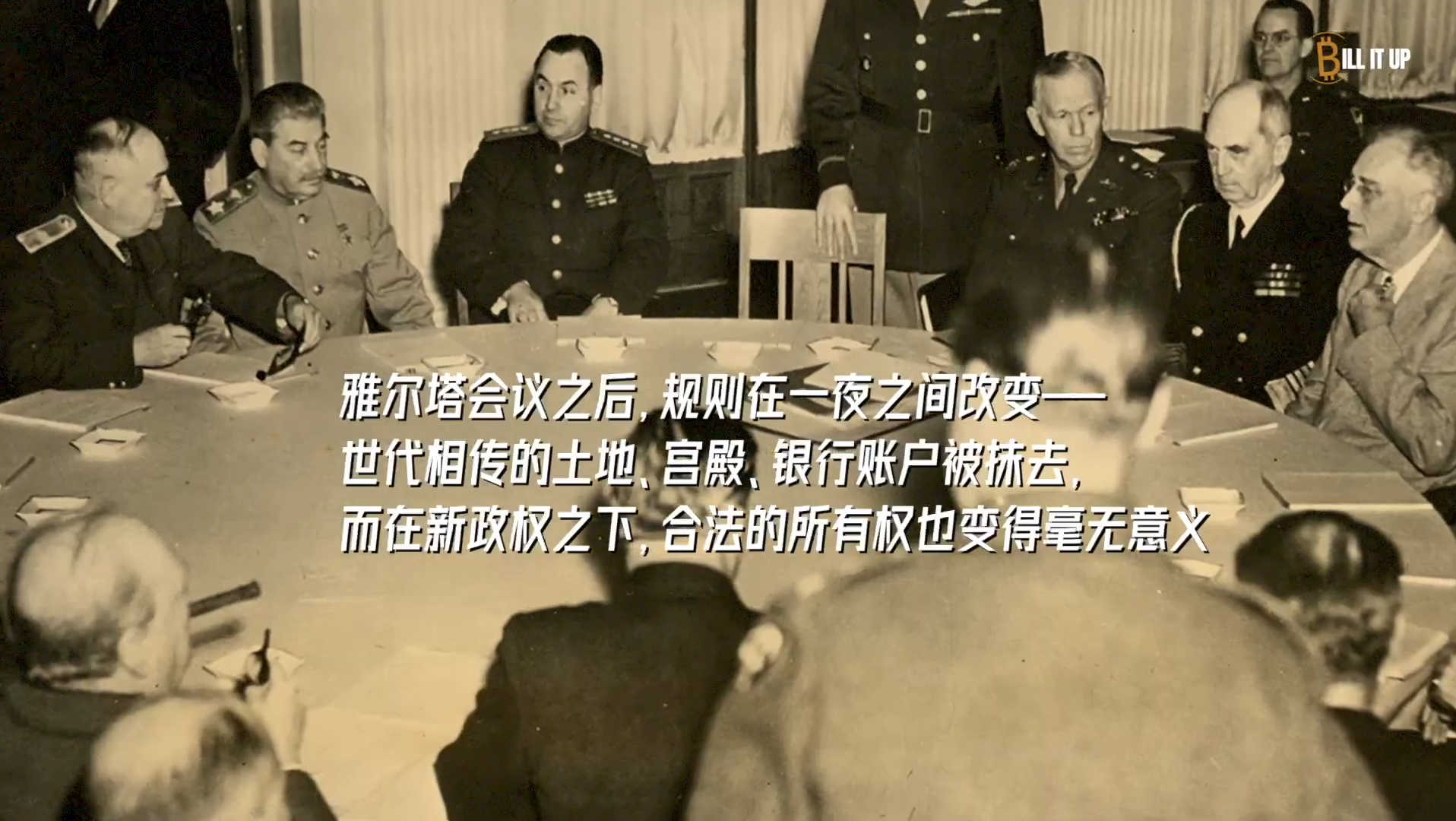
The fourth point is to have an awareness of the risks associated with self-custody and third-party custody. Essentially, the money you deposit in banks, the gold you store, and the real estate you buy in a country are all under third-party custody. You might think that property should be in your name, but it ultimately depends on the local government's recognition of your property documents, meaning it is still under the custody of a government. During World War II, Polish nobles had their estates confiscated by the Germans, and after the war, they thought they could reclaim them, but Poland was assigned to the Soviet sphere of influence under the Yalta Agreement, leading to a shift to a public ownership economy that completely disregarded private property. Consequently, these nobles lost all their properties. Additionally, during the war, Japanese assets in the U.S. were indeed frozen or confiscated. On December 7, 1941, Japan attacked Pearl Harbor, and on December 8, the U.S. declared war on Japan, officially entering World War II. The U.S. quickly took measures to freeze the assets of Japanese government enterprises and individuals in America. Two-thirds of these were American citizens of Japanese descent, yet they were sent to internment camps, with many families forced to sell their properties, farms, and businesses at low prices before leaving. Most were unable to recover their assets.
The change of regime makes third-party custodians like banks and real estate vulnerable to confiscation, as highlighted by the case of Japanese Americans' frozen assets.
Principle Five: Gold Custody Principle — Keep it Close, Keep it Small
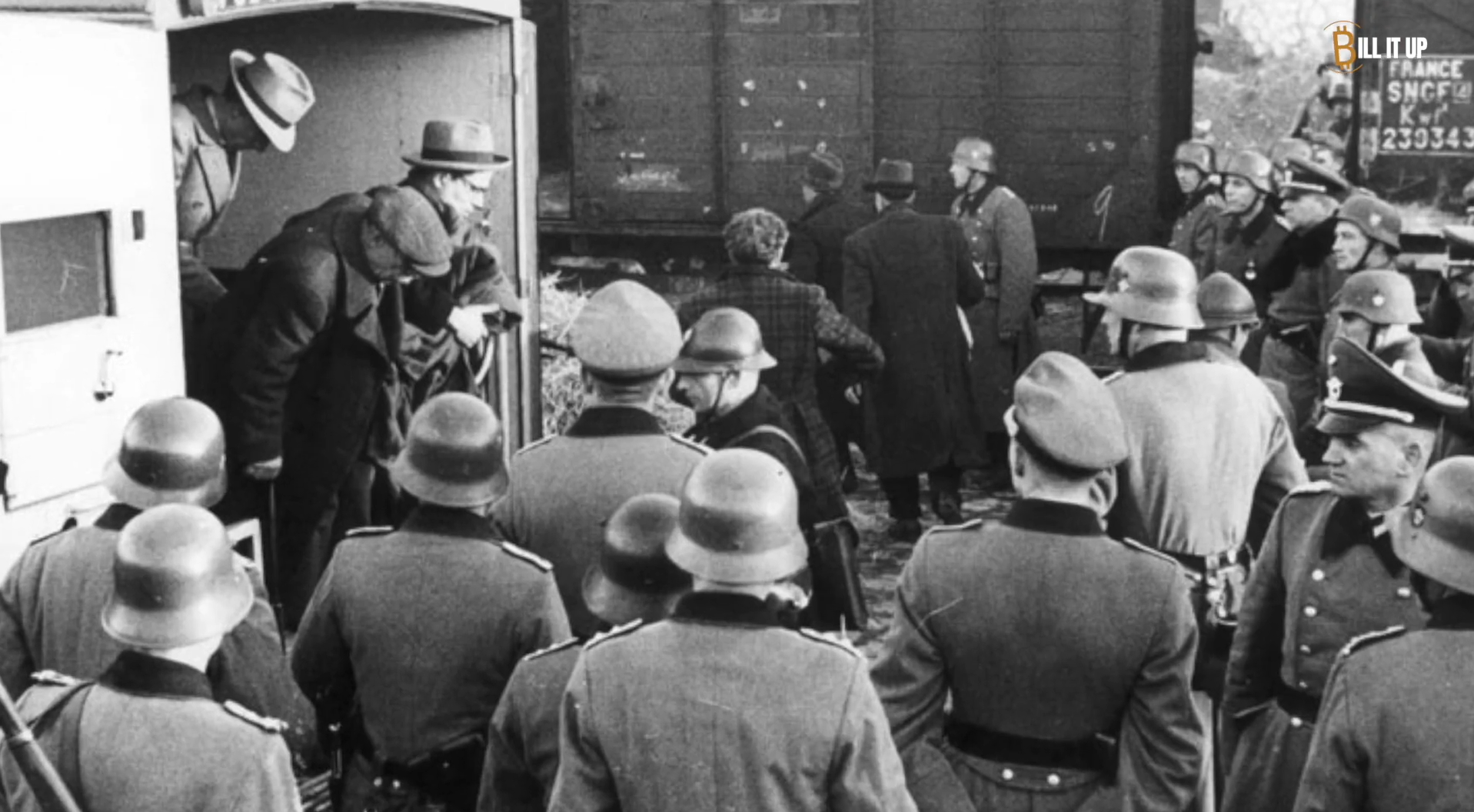
The fifth point I want to discuss is about gold custody. Gold is our most important store of value. Here, I share two examples: the gold stored in French bank vaults by Jews was confiscated by the Germans after they occupied France, while gold buried in secret locations was preserved after the war. Burying it in a place only you know is a form of self-custody. I also heard an interesting story about a Jewish family that, to this day, has converted 10% of their family wealth into gold. Due to their bad experiences with third-party custody during the war, they now choose to store their gold themselves. Moreover, they not only store gold but have also converted their gold bars into coins, as only coins can be used for small payments, allowing you to navigate through checkpoints in chaotic times to reach your desired refuge. If you hold too many gold bars, you may find it hard to spend them, and it could even put your life at risk. Overall, in the chaos of the last years of the war, buried gold, or self-custodied gold, proved to be more valuable and secure compared to other asset classes. However, the history of World War II teaches us not to lock gold and jewelry in domestic safes; remember, bank safes are not safe at all.
Self-custody of gold, especially in the form of small coins, proves to be safer and more reliable during chaotic times.
Program Summary and Practical Advice
Looking at history, let’s summarize today’s advice. First, diversify: diversify asset classes, geographical locations, and the balance between third-party custody and self-custody; never put all your eggs in one basket. Second, be proactive and avoid a head-in-the-sand mentality; when the winds change, seize the opportunity decisively before your escape routes are closed off. That’s all for today’s Bill It Up. Feel free to share your thoughts in the comments, and in the next episode, we’ll discuss wealth storage. See you next time!
Core Lessons: When you are still hesitating about whether to leave, it may be the last moment you have a choice; avoid a head-in-the-sand mentality—seize the opportunity when the winds change; remember not to put all your eggs in one basket; bank safes are not safe at all.
History does not repeat itself, but it often rhymes. The lessons from wartime still hold profound significance for us today. The program calls on viewers to apply these principles in the current geopolitical environment, where diversification and self-custody will become key strategies for wealth preservation.
免责声明:本文章仅代表作者个人观点,不代表本平台的立场和观点。本文章仅供信息分享,不构成对任何人的任何投资建议。用户与作者之间的任何争议,与本平台无关。如网页中刊载的文章或图片涉及侵权,请提供相关的权利证明和身份证明发送邮件到support@aicoin.com,本平台相关工作人员将会进行核查。




